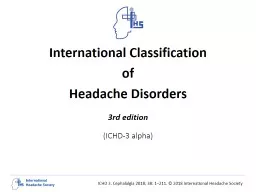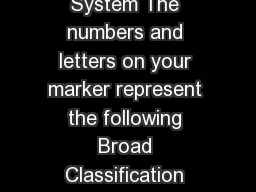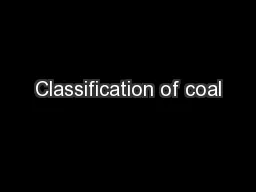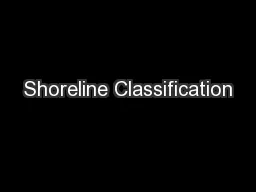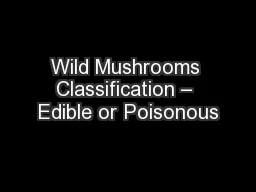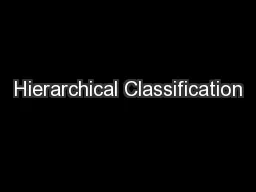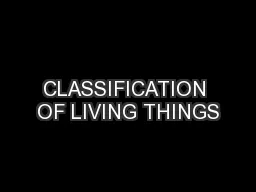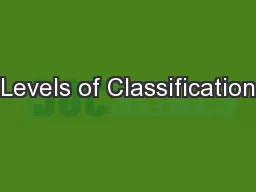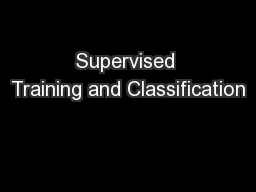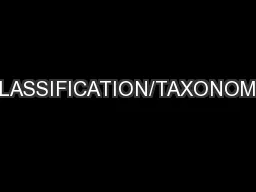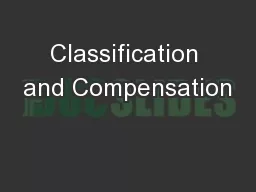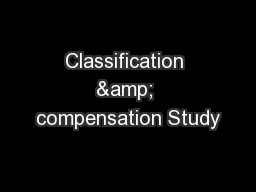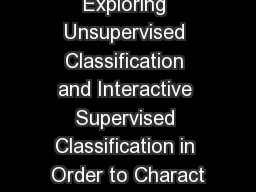PPT-International Classification
Author : conchita-marotz | Published Date : 2020-04-04
of Headache Disorders 3rd edition ICHD3 alpha ICHD 3 Cephalalgia 2018 38 1211 2018 International Headache Society Lars Bendtsen Denmark David Dodick USA Anne
Presentation Embed Code
Download Presentation
Download Presentation The PPT/PDF document " International Classification" is the property of its rightful owner. Permission is granted to download and print the materials on this website for personal, non-commercial use only, and to display it on your personal computer provided you do not modify the materials and that you retain all copyright notices contained in the materials. By downloading content from our website, you accept the terms of this agreement.
International Classification: Transcript
Download Rules Of Document
" International Classification"The content belongs to its owner. You may download and print it for personal use, without modification, and keep all copyright notices. By downloading, you agree to these terms.
Related Documents

